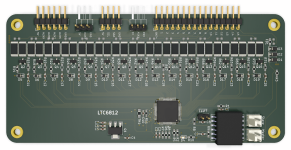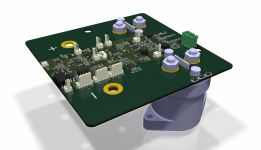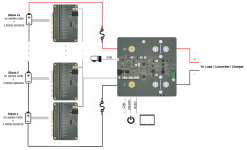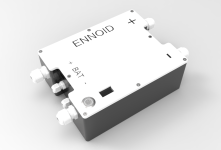Ohms_Cousin
1 mW
- Joined
- Aug 17, 2019
- Messages
- 11
Would be really great if we could get hold of the IC needed for 15s/18s. How difficult are they to procure? How big of a change of setup is it to the PCB/system to change over to the better IC ?
If I understand this correctly, the PCB's are made from a Gerber file which is sent to a place that fab PCB's?
Further, one orders the components from the BOM supplied to populate the PCB - how does one get these parts fitted/soldered to the PCB? Is there a place that does this as a commercial service for small runs?
If I understand this correctly, the PCB's are made from a Gerber file which is sent to a place that fab PCB's?
Further, one orders the components from the BOM supplied to populate the PCB - how does one get these parts fitted/soldered to the PCB? Is there a place that does this as a commercial service for small runs?








